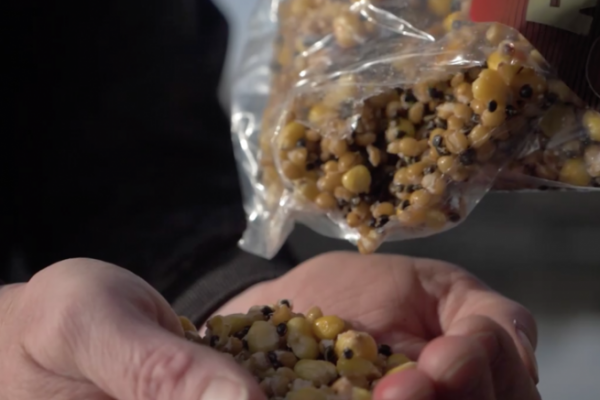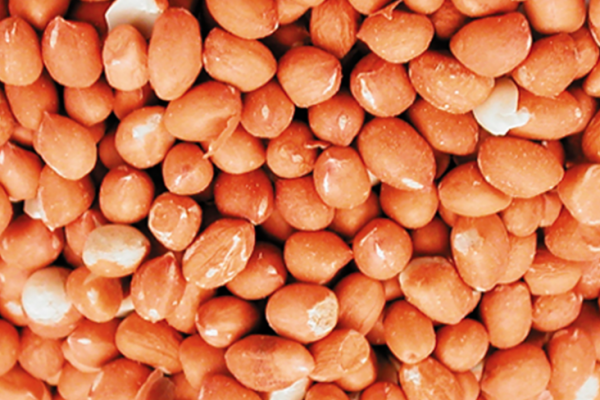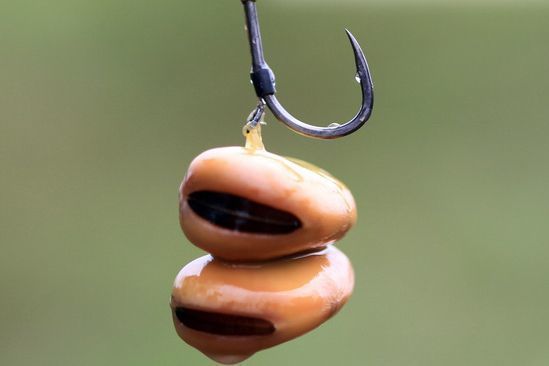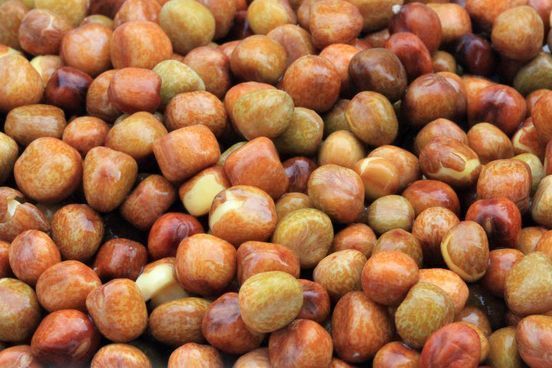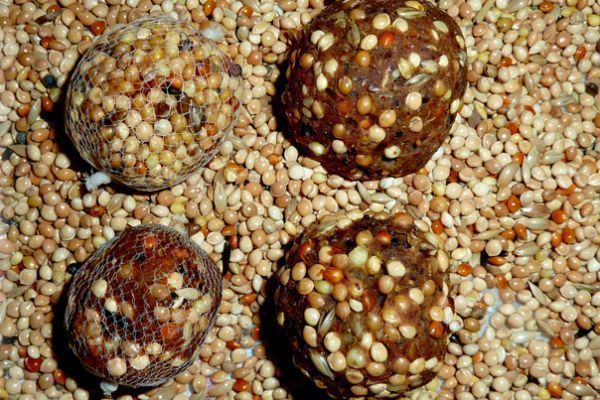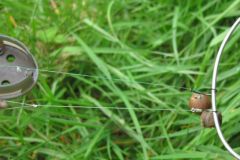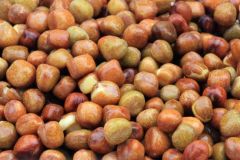Even if the seeds have been for a long time neglected for carp fishing, there is one that has been very successful: the tiger nut. It is not a seed because it is a tuber, but we use it as such for carp fishing.
History and description
Latin name: Cyperus esculentus
English name: Tiger nuts
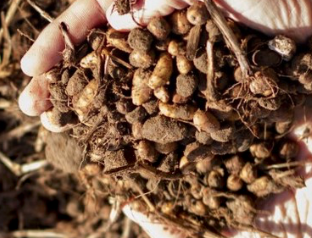
Tiger nut is a tuber from a perennial rhizomatous herbaceous plant of the Cyperaceae family (nutsedge) (not a seed, but it is prepared and used as such). The growth of the seeds begins at the end of April and the harvest is done in December.
Yellow nutsedge has been cultivated for centuries in Africa (only part of it). The Egyptians already used this seed for its nutritional qualities. Some Tiger Nut "seeds" have been found in sarcophagi. A few centuries later, the tiger nut appeared on European territory. In Spain and Portugal, it is recommended to fight against coronary diseases and to regulate the intestinal transit (fibers).
The tiger nut is rough and oval in general (from 0.5 cm to more than 3 cm in length). Its color is similar to that of the potato (somewhat darker). Like the potato, the tiger nut grows underground. The plant, on the other hand, has petal green leaves. This landscape can be typical in Spain or in Africa.
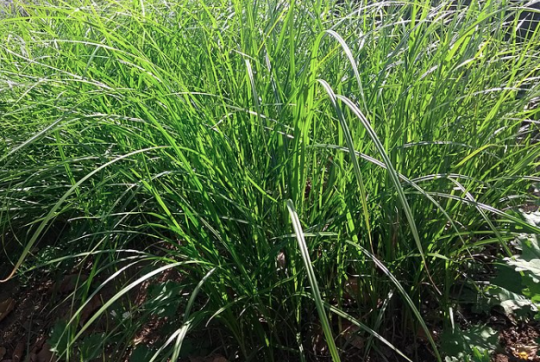
Nutritional qualities
Today the Spanish, but also the Portuguese consume this seed as an aperitif. They soak them for a few hours before eating them. Tiger nut milk (horchata) is also very popular in the Mediterranean where it is an alternative to cow's milk or soy milk. This drink has a rather sweet taste.
Concerning the protein content of tiger nuts, it is around 19 to 20% if we average the different data. The tiger nut is a nourishing seed. It has a fat content of about 25%. Its richness in sugar has certainly made it famous in the fishing industry (20%). It is also rich in magnesium, potassium and phosphorus. The starch, also present, is used as fuel to the muscles which is not negligible for our favorite cyprins always in search of food.
There are three varieties of tiger nuts: the long one called "ilargueta" and the round/oval one called "gordeta". Several sizes are available (micro, standard and jumbo).
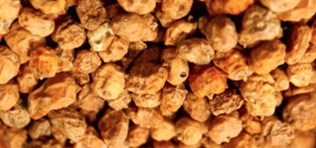
There is also a larger black tiger nut called "black tiger".
In addition to the different varieties, a peeled version (without shell) is also available on the market. In addition to its nutritional interest, the tiger nut has the enormous advantage of being of interest only to carp, so to speak. This makes it a rather selective seed especially in large size.
Let's remember that the tiger nut is quite digestible. Indeed, the tiger nut is partly found in the excrements which is not a sign of indigestibility. In fact the carp which does not have a stomach strictly speaking, but a physiological stomach digests the food ingested throughout its intestine. Thus the tiger nut which is hard is not completely degraded. The solid remains leave through the anus as for all living beings. So no worries! And then it causes again a priming in the form of mini tigers!

Preparation of tiger nuts for carp fishing
A soaking of at least 48 hours is necessary. The soaking water can be supplemented with 200 grams of sugar (facilitates fermentation) per kilo of Tigers. These must be completely covered.
The cooking should be done in the soaking water. A cooking time of 30 to 40 minutes in still simmering water is sufficient. Cooking, however, does not make the tiger nut more tender. Then let it cool down.
Once this step is done, you have to close the whole thing tightly. This will speed up the fermentation process. There is nothing left to do but to let time do its work. At the beginning a thick and sticky liquid is formed (about 3/4 days) to give way with time to an alcoholic mixture. Once fermented, the tiger nuts can be kept for months. Like wine, they improve with time. But that is a matter of taste!
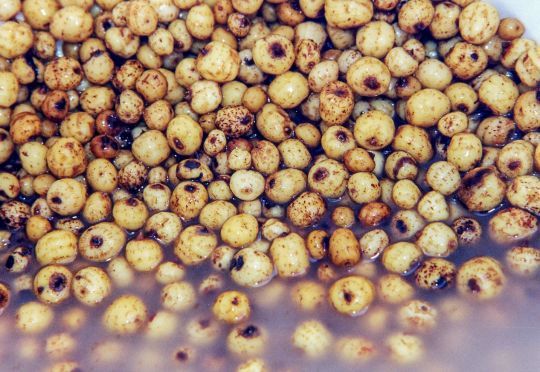
The hardness of the tiger nut allows it to resist remarkably on the hair. Moreover, it is very useful when the cats are out or when the crayfish are playing with their claws. However, when the place is really infested with crayfish and their activity is overflowing, unfortunately our tiger nut will not resist.
I still remember a session at Salagou where the crayfish were putting my esché lines of Tigers to shame. At the time, I couldn't believe it, because I was sure of their resistance. Another idea received! Despite its high density, the tiger nut is certainly one of the easiest "seeds" to eschew and especially to present in different ways. Indeed, the big tiger nuts are easy to balance for example. Thanks to a twine and sticks of bindings, balancing tigers or making them float is very simple and effective.
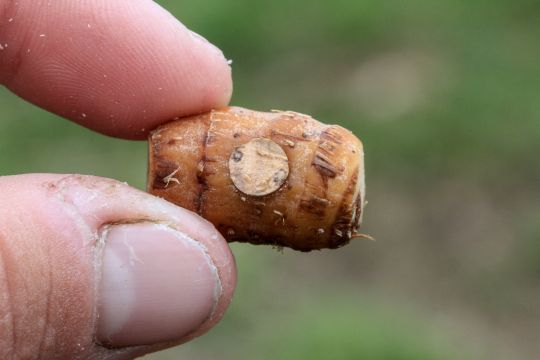
Tips and tricks
Today, we find a good number of products derived from the tiger nut such as extract, oil, flour‚euros¶ So make room for originality to distinguish you from other fishermen and offer a bait, boilies or pellets (Feedz Tiger Nuts for example) ‚euros¶ that will arouse the curiosity of carp.
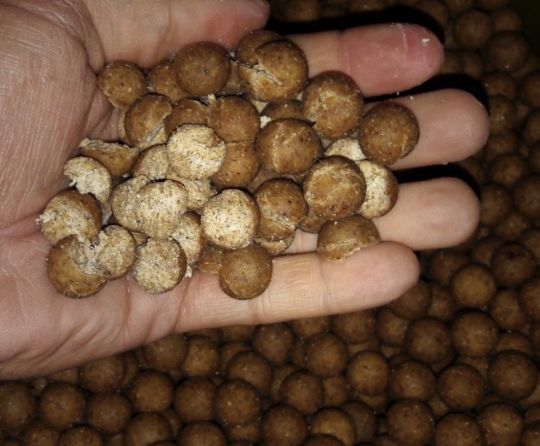

Also with a hammer, flattener or grinder, it is easy to obtain a tiger nut grind that can be used in different ways (primer, sticks‚euros¶).

Concerning the priming, a few handfuls can be largely sufficient especially if they are associated with a microseed such as hemp seed. In any case, a massive baiting will not be harmful. The only risk as for many baits is the saturation of the primed shot. For the baiting, you can also skin your nuts for a better diffusion or simply for a better visibility.
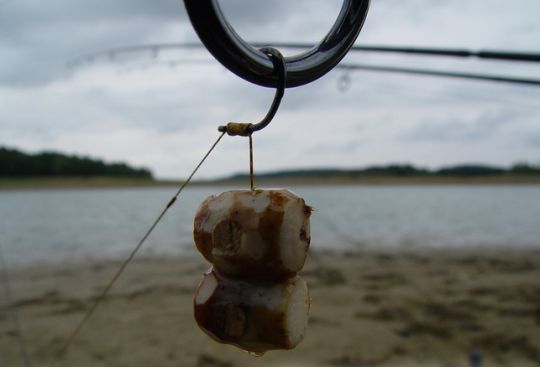
Do not hesitate to change the direction of drying.
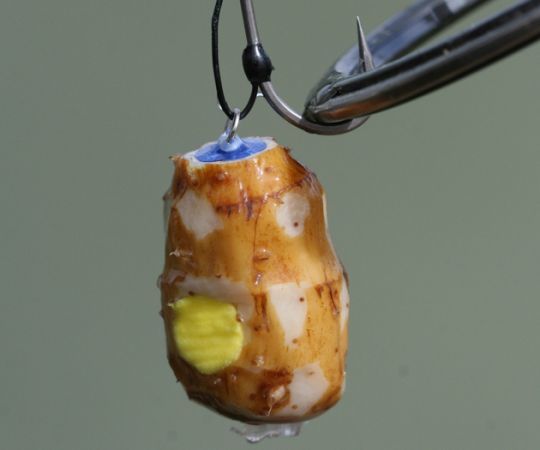
Where to get tiger nuts?
Dry tiger nuts can be found at all fishing tackle retailers (nearest retailer, salon, internet‚euros¶) in packaging up to 25 kg. Some offer them for sale at retail. For those who wish, there are also tiger nuts on the market ready to use, flavored or plain, such as Ready Seeds from Starbaits.

There is also a Chopped Tigers version.
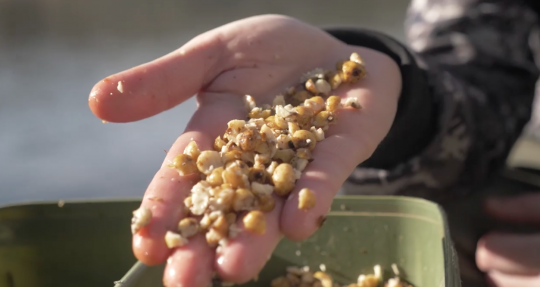
With its numerous advantages, the tiger nut is not about to disappear from the carp fisherman's bait panel.

 /
/ 



